Crows are common, widespread birds found in a number of different continents and countries. They are commonly used as symbols in mythology, religion, and pop culture – frequently in association with death. These misunderstood birds are actually extremely intelligent! Read on to learn about the crow.
Description of the Crow
There are a wide variety of crow species, all members of the taxonomical genus Corvus. For the most part, crows have black-colored feathers, commonly with an iridescent shine to them. Some crow species also have other colors, like white patches, on their feathers. Crows also have relatively thick beaks, known as “bills.”
Interesting Facts About the Crow
These seemingly mundane birds are actually incredibly smart and charismatic. Crows are some of the smartest birds in the world, and can rival parrots in their intellect!
- Quoth the Raven, Nevermore – The famous poem by Edgar Allen Poe wasn’t that far off of the mark! Many different crow species, including ravens, are capable of mimicking human speech quite well.
- Never Forget a Face – Scientists in Seattle performed an experiment with wild crows on a college campus, and discovered something astounding. The scientists would capture and tag crows wearing masks, and in later instances the crows would dive bomb the scientists with masks while letting college students walk by peacefully. The crows were able to successfully identify different faces as a threat, and others as harmless.
- Corvid Communication – In the above experiment, another phenomenon began to occur in addition to the facial recognition. Birds that were never associated with the original captures began to also dive bomb scientists wearing masks. This means that the crows were able to successfully communicate to naïve individuals that the masks were a danger!
- Problem Solving Skills – Another unrelated study of rooks (members of the crow family) found that crows are extremely capable problem solvers.Scientists took four separate birds and conducted an experiment with a tube of water, worms, and a pile of pebbles. The premise? The tube of water contained worms just out of reach, but when pebbles are added to the water in enough quantity the worms be easily accessible. All four rooks solved the problem and got the worms, and half of them did it on their first try!
Habitat of the Crow
Crows are distributed across the planet in virtually every environment. These extremely adaptable birds can be found in urban environments as well, utilizing every habitat possible. They can be found in forests, grasslands, agricultural areas and farmland, mountains, deserts, arctic tundra, and rocky cliffs.
Not only are there many different species that utilize these various habitats, but individual species can also adapt to a number of different environments as well.
Distribution of the Crow
Different crow species are distributed virtually worldwide. Common ravens are the most widespread of any bird in the crow family, and they can be found in Europe, Asia, parts of Africa, North America, and Central America.
Other members of the crow family can be found in virtually every corner of the planet! This group of birds is widespread, and frequently quite common depending on the species.
Diet of the Crow
Crows are omnivores, which means that they will eat both plants and animals. They are scavengers as well as predators, and will eat virtually anything they can find. They will hunt small animals like rats and mice, smaller birds, reptiles, and eggs. They will also feed on carrion and hassle other animals away from their kills. They have been known to follow wolf packs, and even alert them to the location of prey.
Crow and Human Interaction
Humans commonly view crows, of any species, as pests or even bad omens. We have even invented scarecrows with the intention of scaring crows away from our crops! Farmers frequently shoot and kill crows for eating their crops. While crows will take advantage of free food, they often become the victims of false accusations.
Mice and rats will nibble at or eat crops, leading crows to take the blame, and the brunt of the farmers’ anger. Large congregations of crows can also present the problem of damage in the form of poop. Large flocks of birds in and near cities can rain feces down in addition to damaging crops. Oftentimes these birds have been killed in mass numbers to solve this problem.
Domestication
Crows have not been domesticated in any way.
Does the Crow Make a Good Pet
Crows are wild birds, and intelligent, so they do not make good pets. They are protected under the Migratory Bird Act, and it is illegal to own one as a pet.
Crow Care
In zoos, crows are provided with plenty of flight space in their enclosures, with a variety of perches. They are also provided with environmental enrichment in the form of toys, puzzle feeders, and perch variation. Crows are extremely trainable, and because they are so intelligent it is advisable to do some type of training with them to keep them mentally stimulated. Their diet is extremely varied in the wild, so in zoos they are provided with a wide variety of foods.
Behavior of the Crow
Individual crow behavior varies based on the species. Many different species of crows are solitary, but roost in groups. Some species will create small groups including a mated pair and their offspring. Younger animals tend to forage and roost together in large groups.
A group of crows is called a “murder,” and if a member of the murder is murdered, the crows will group around the individual. They perform this behavior to determine what killed the crow, and to mob the attacker and chase it away.
Reproduction of the Crow
There is some variation of breeding behavior and incubation times for different species. Most species will build a large nest using twigs and branches. Their nest is normally about 2 feet in diameter, and up to 60 feet off the ground. Incubation is usually around 18 days, and the chicks will fledge at 4 weeks old. The crow chicks will still remain with their parents until they are about 2 months old, and possibly longer depending on the species.
Beliefs, Superstitions, and Phobias About the Crow
Crows are very commonly viewed as a bad omen. They are seen as a harbinger of death, particularly around wars. This unfortunate image possibly originated as a result of crows feeding on those killed in battle during wars. They followed the troops in anticipation of further meals, and became associated with death. Unfortunately for crows this association has stuck, leading to general ill-will towards this “pest” of a bird.

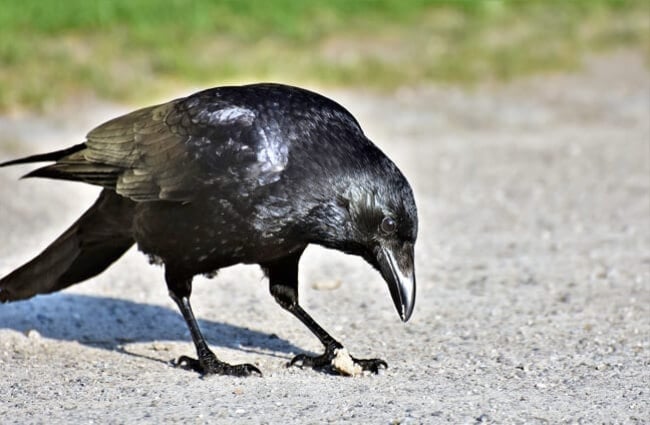
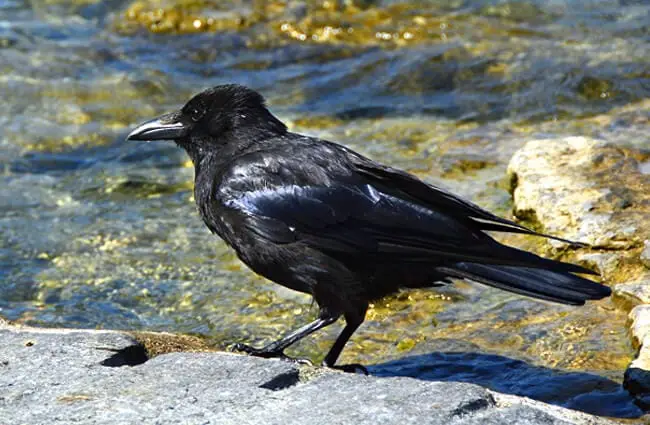
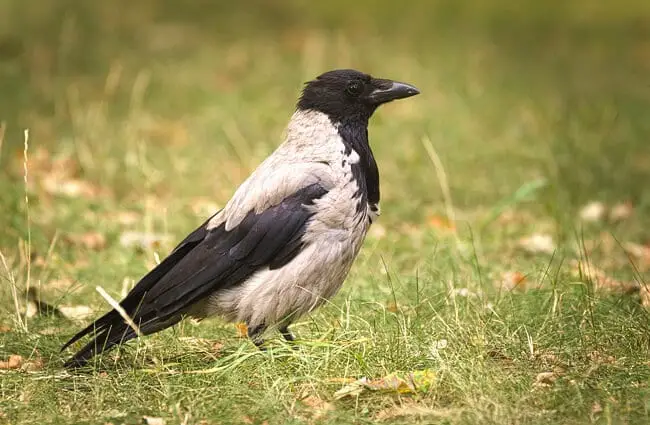

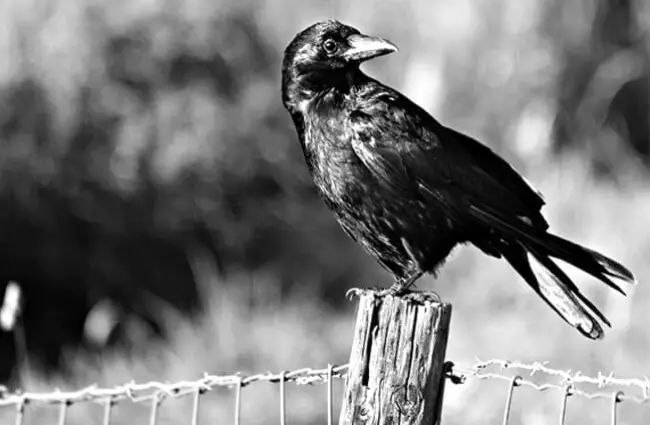
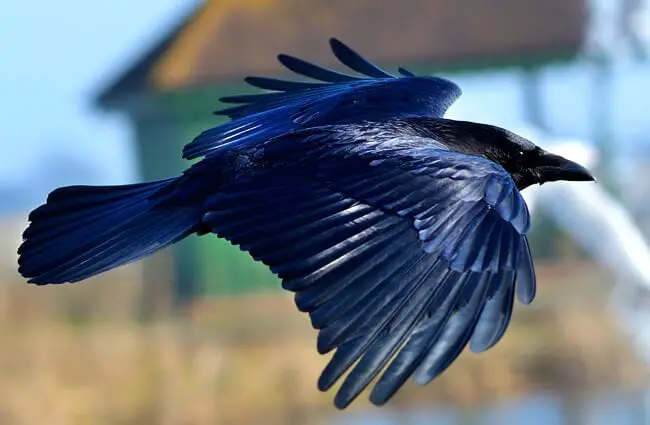
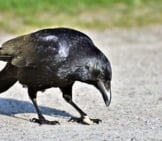

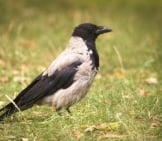
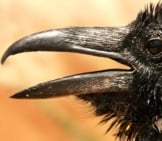
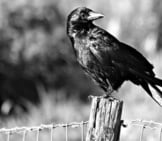
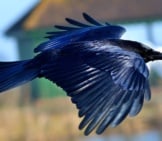
![Red Angus Closeup of a beautiful Red Angus cowPhoto by: U.S. Department of Agriculture [pubic domain]https://creativecommons.org/licenses/by/2.0/](https://animals.net/wp-content/uploads/2020/03/Red-Angus-4-238x178.jpg)












![Red Angus Closeup of a beautiful Red Angus cowPhoto by: U.S. Department of Agriculture [pubic domain]https://creativecommons.org/licenses/by/2.0/](https://animals.net/wp-content/uploads/2020/03/Red-Angus-4-100x75.jpg)

